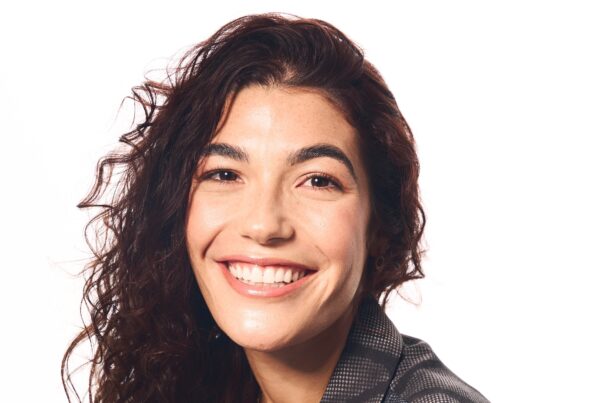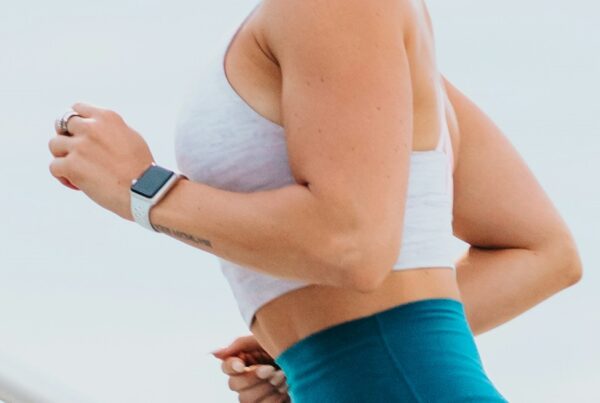It’s a fact: exercise makes everything better. You sleep deeper, you enjoy your meals more, you move with more confidence and your skin has a healthy glow. However, for a few days each month, the last thing most women feel like doing is hitting the treadmill or even doing a few laps in the pool. Instead, the thought of curling up in her bed or on the couch with a cosy blanket and cup of tea (or a full tub of ice cream, for that matter) sounds much more enticing. After all, having your period isn’t always a joke.
Turns out, if this is you, you’re missing out. While it may feel like your cramps/headache/nausea aren’t going to let you get out of bed – much less attend a boxing class – we often forget that movement is one of the best remedies for this lovely time of the month.
How can exercise help to improve your menstrual symptoms?
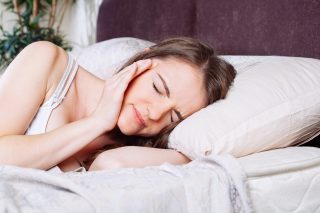
For one thing, even moderate exercise releases endorphins, which will lift your mood. It will also improve circulation and help address your water retention, thereby taking care of backaches and cramps.
It can also give you a good boost of energy, which is something most women lack whilst on their period. And believe it or not – while you may have to force yourself to put on your runners – this may be the best time of the month to exercise.
According to one study conducted by Sweden’s Umeå University, you may find it easier to hit specific goals than during other times of the month. After testing 69 women who were participating in a four-month leg resistance training program, the results indicated that the group who underwent high-frequency leg resistance training (five times a week) for the first two weeks of the cycle enjoyed better results than the group who underwent the same training program for the latter two weeks of the menstrual cycle.
Which begs the question, what should your new approach to fitness while on your period look like? Thanks to Lil-Lets, we can offer you the top 5 tips on how to survive your period while staying fit and feeling better – all in a day’s work.
1. Don’t overwork yourself
While we encourage wearing your active gear and getting up and going, you shouldn’t feel pressured to go hard with your exercise routine. Instead, focus for an hour or less on light cardio, keeping your body in continuous movement and having the circulation going. This can include jogging on the treadmill and low-volume strengthening exercises such as weight-lifting and squats. Yoga is an option, but it is better suited to those who don’t experience too much cramping – positions like inversion, for example, can cause you to cramp more. If your breasts are painful, do some resistance training instead of the dance class. Listen to your body and what it needs, and go with that.
2. Warm-up and stretch
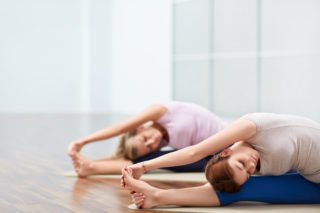
Much like a workout on any other day, it’s important to first warm-up and then stretch, making sure to stretch after your workout too, to avoid leaving your body feeling sore and achy later on. Warming up with a brisk walk or jog first, for example, ensures you won’t pull a muscle and wind up injuring yourself during workouts. If you take medication during your cycle, you may like to take one before exercising, to help alleviate cramps.
3. Gear up the right way
The last thing you want to deal with right now is leaks and stains, but if you don’t take the right precautions before heading to the gym or a run, you may have to.
First, make sure you’re wearing the right protection (whether that’s a tampon, pad, or pantyliner) that’s suited to your specific size and flow requirements. If you need an added layer of confidence, wear a pair of stretchy tights or fitted shorts under your gym clothes – and opt for black pants, just in case. Also, if you’re attending a class, don’t feel like you can’t leave to go to the bathroom, it’s perfectly within your right.
4. Drink up buttercup
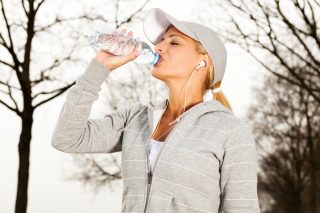
Staying well hydrated and ensuring you get enough water every day (at least two liters) is especially important when you’re on your period. In fact, it’s better for you to drink more water than you usually would during this time to keep your digestive system healthy and functioning normally (considering many women tend to suffer from diarrhea or constipation during their periods).
A common misconception is that this can result in an increase in water retention and as a result, more of the awful bloating that comes with periods. However, drinking less water will leave you feeling far worse, and drained of energy.
5. Remember to have fun!
Working out during your period doesn’t have to feel like a chore, and there are plenty of ways to keep yourself motivated and enjoying your workouts.
Try doing a fun and energetic class like Zumba, step or aerobics classes to get you in the right mood. Create your own playlist to listen to, so you can rock out while you work out! You can also invite a friend to work out with you to make the process a bit more fun. Sure, periods are anything but fun, but they shouldn’t stop you from living life to the fullest!
Keep these tips in mind the next time you’re on your period and considering hitting the gym. For more great tips and advice, visit www.lil-lets.co.za.


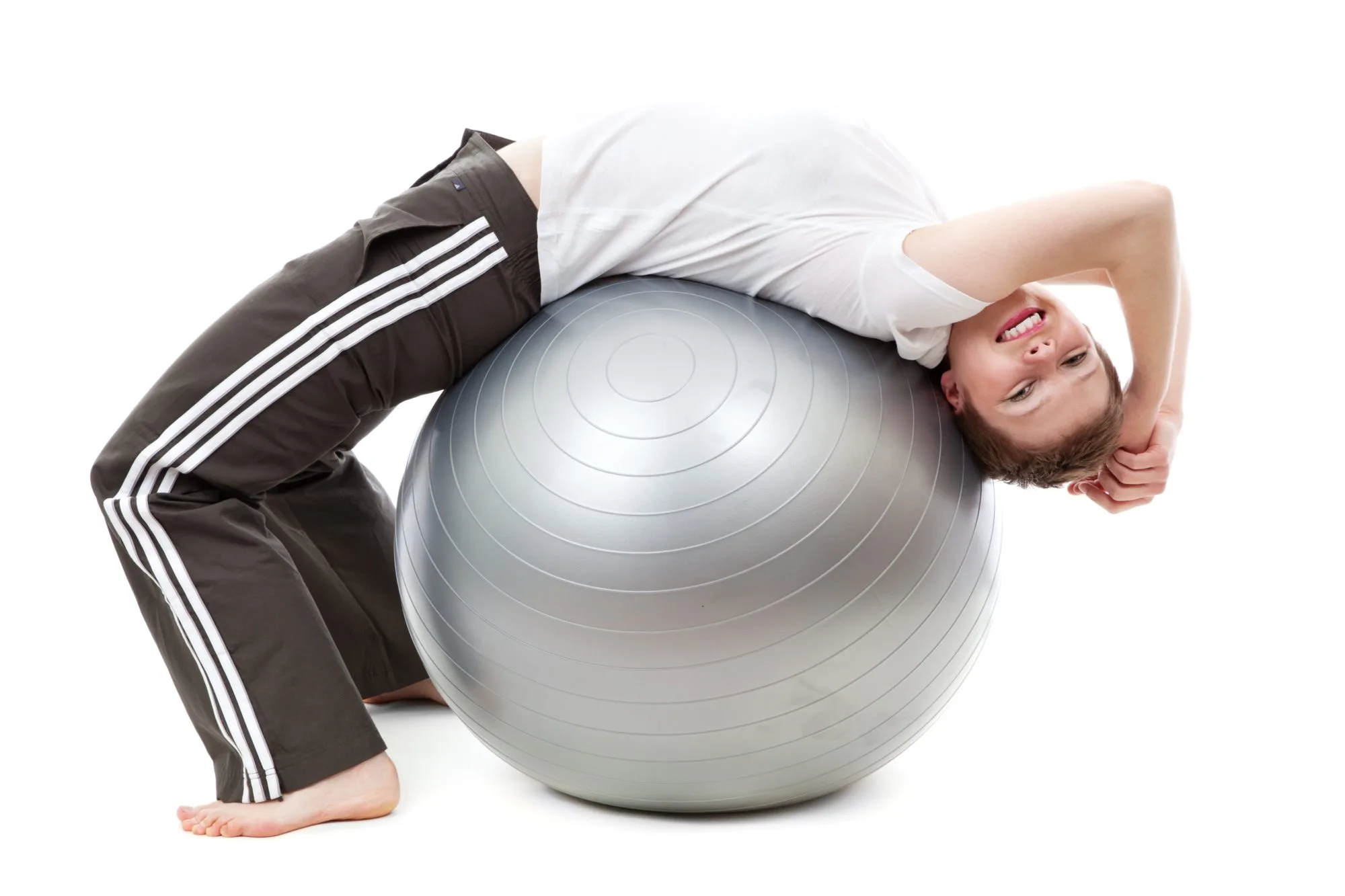
![women [longevity live]](https://longevitylive.com/wp-content/uploads/2020/01/photo-of-women-walking-down-the-street-1116984-100x100.jpg)





